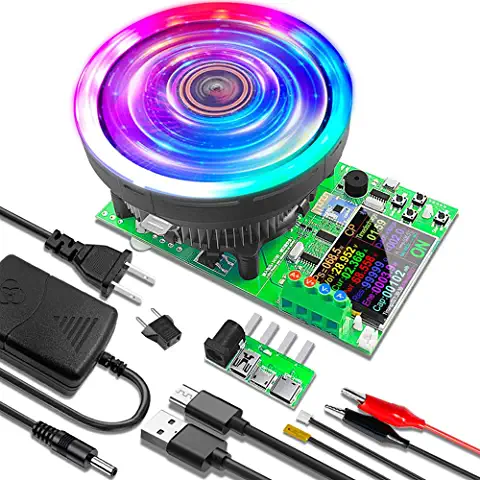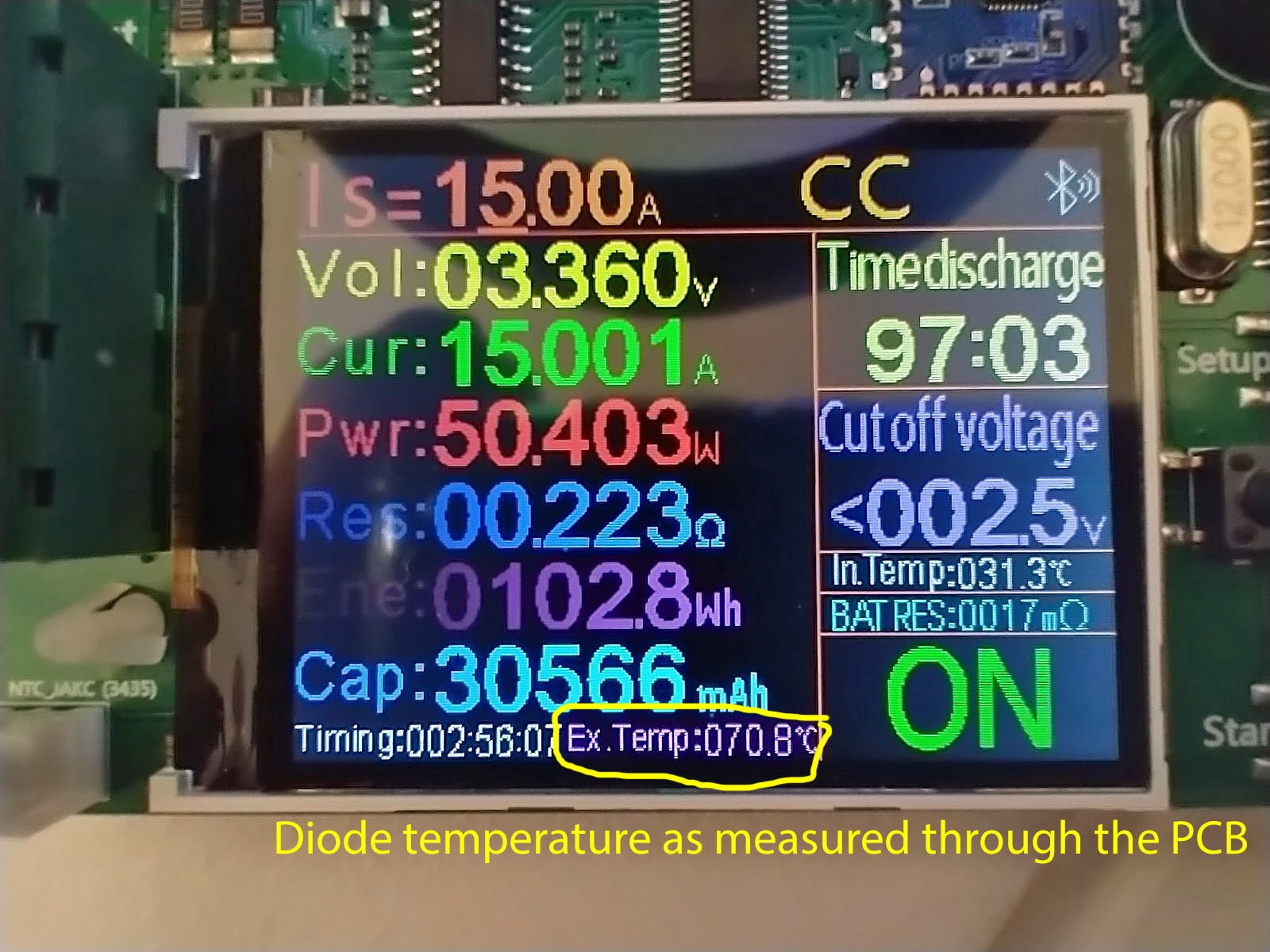Adrian_
10 W
- Joined
- Apr 12, 2022
- Messages
- 84
I have couple of batteries that I would like to test the capacity of as they have a lot of charging cycles on them. I have 1A load tester that I was thinking of plugging it into a fully charged battery and then start a stop watch and see how long it will take for the battery to discharge but I was wondering if cell ratings are measured from 0V to fully charged or minimum discharge voltage to fully charged? If it's from 0v to fully charged then the mearusment will be lower because the BMS will end up cutting out way before the battery reaches 0v.



